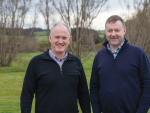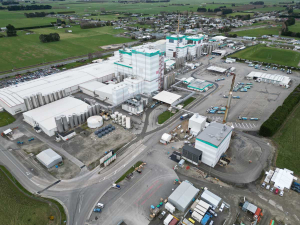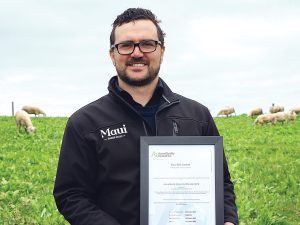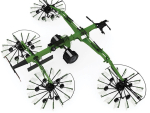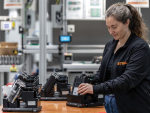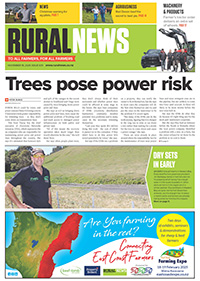Despite its large dairy herds, China is still a long way from self-sufficiency in dairy.
And it is highly unlikely it ever will be, says Matthew Smith, Alltech’s vice-president Asia Pacific.
This is one impression gleaned by Dairy News during a visit to New Zealand this month by 14 Alltech China representatives, who visited dairy farms and saw our onfarm procedures. Many of the visitors were fluent English speakers.
Commercially milked cows in China number about four million – not far from NZ’s herd size, says Smith.
“That is a positive message because it shows quite clearly that the Chinese dairy industry would still be a long way from being self-sufficient in terms of cow numbers, the number of farms and the availability to grow forages,” he told Dairy News.
Smith says his visiting colleagues do onfarm audits in China to evaluate efficiency and look closely at nutrition. They are involved in the “sea change happening in China in consolidation of farms”.
Any farm with fewer than 600 cows in China would now be considered very small.
All cows are fed indoors on silage and grain, Smith says.
“People have tried for years to put [an NZ-type] system in place with grazing cows, but the weather has not allowed them to… get forage all year round.
“The message that came home to me – and I worked in China for a number of years – is that for a business to remain profitable or relatively profitable, scale is the only way to go.
“We have seen a huge increase in China in the numbers of cows on farm as opposed to the number of farms. The number of farms is in rapid decline.”
While the dairy herd would be around about four million, in China it is difficult to get accurate figures.
“That’s why it is always good to try to travel to the country or spend time with people who are working in the country.
“We felt it would be a great experience for our colleagues in China to come to NZ and understand the state of dairying as at the beginning of 2017 – spending time with farmers, sharing experiences and making sure they can understand the drivers, concerns and opportunities in NZ for that relationship.
“What can they learn from NZ and take back and what can they share with our farmers here?”
They visited farms in Waikato, a large goat milking enterprise in Karaka, larger Northland dairy operations and a marae. They were very impressed with a trip to the beach at Omapere – simple, natural things we take for granted excited them.
“They were excited about looking at the goat operation because it is very high value milk in the stores in China, much sought after; currently there is no milking goat herd in China.
“That is a niche market that will continue to grow here and in Australia. It is not necessarily a replicable model in China. I am sure that trend for specialisation will continue.
“In terms of understanding the culture it is a great opportunity for our farmers here who maybe haven’t travelled to China – their number-one customer – to maybe understand more of the cultural aspects and importance, or the level of regard Chinese consumers hold for milk in NZ with all the attributes we see marketed.”
The visitors were astonished to see the high quality advertisements by Fonterra on prime time television which would be unheard of in China.
They were taken by the “strong, high quality images of NZ and cows in the pastures, the target audience on prime time television at weekends, and that such advertisements would be on television at all”.
“It surprised them to see how close the industry is, and how important to the country, which obviously wouldn’t be so in China.”







